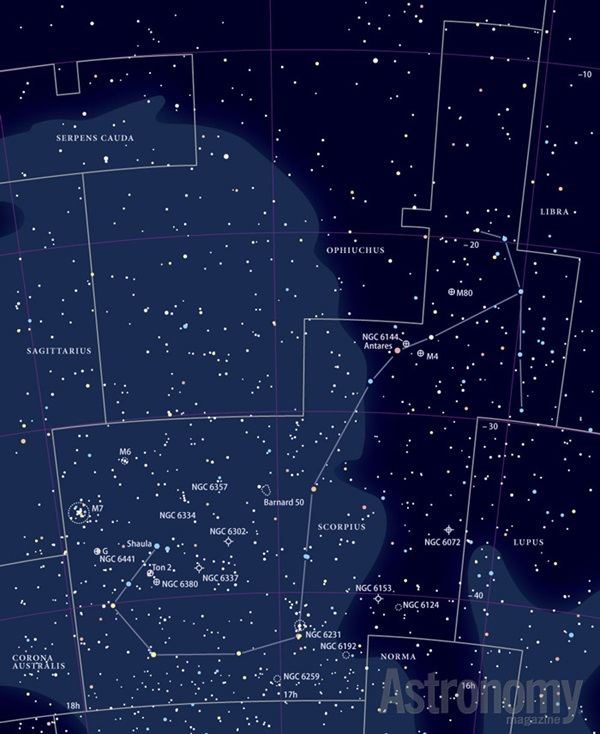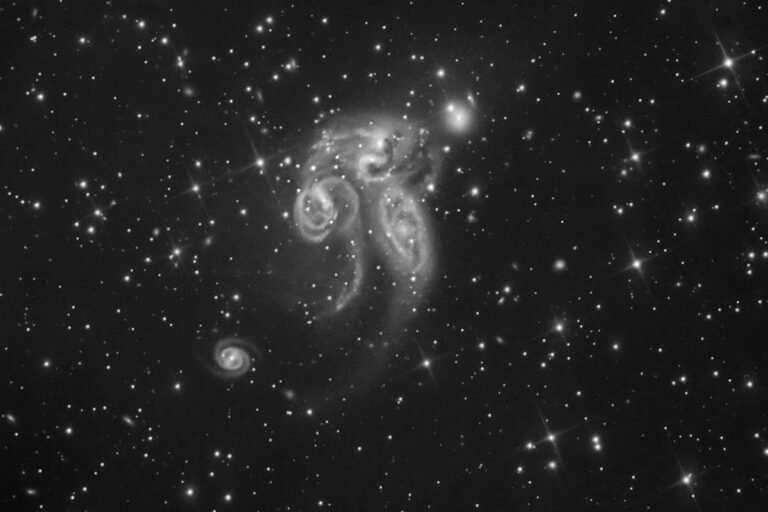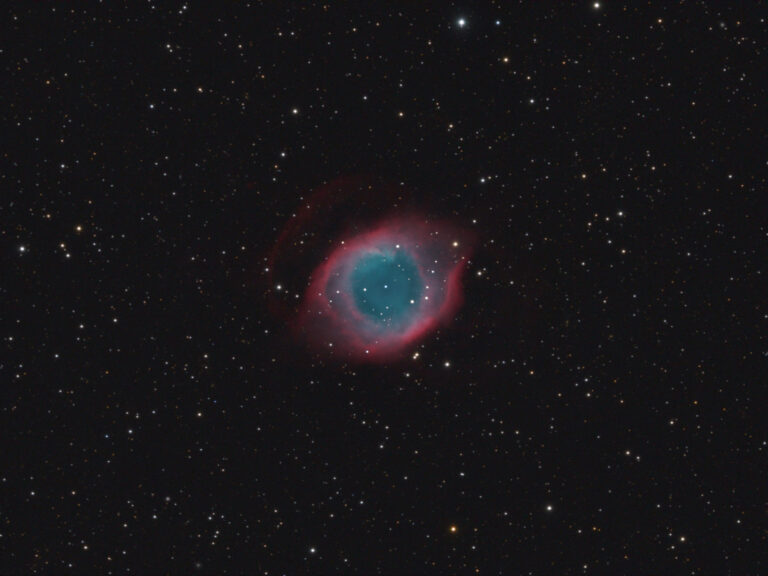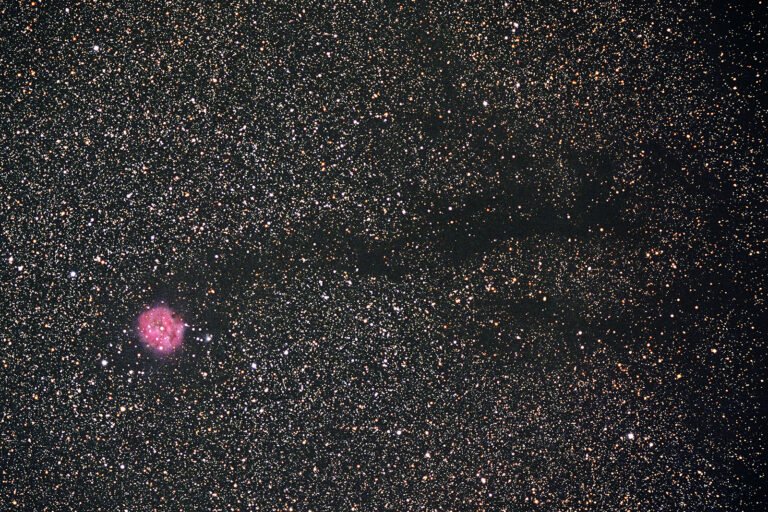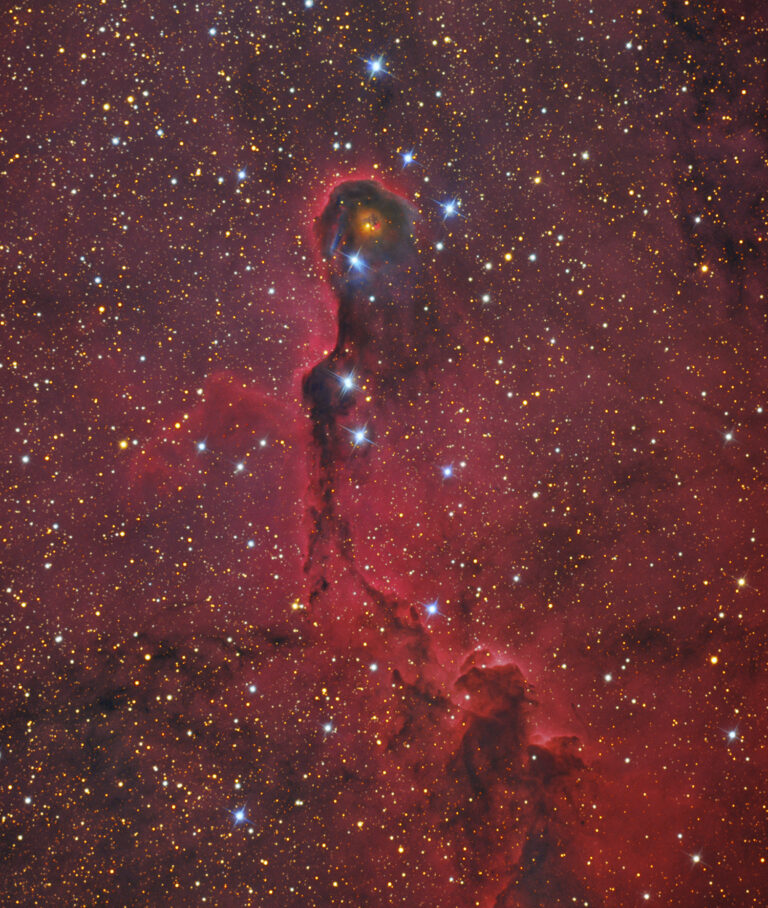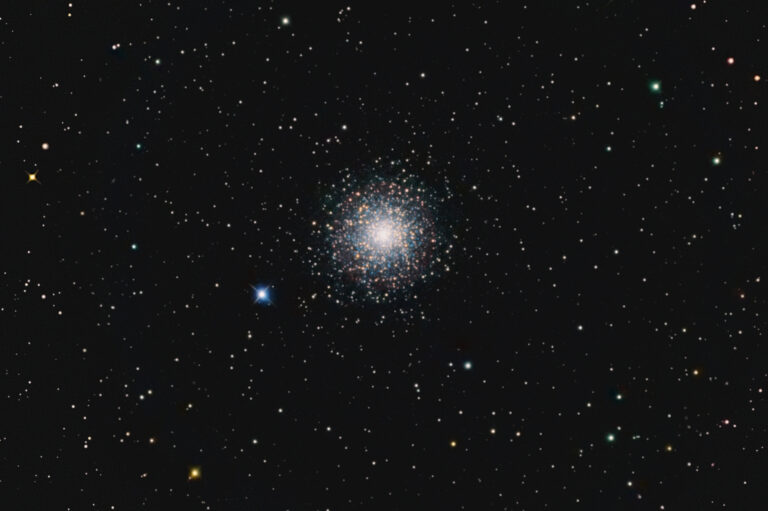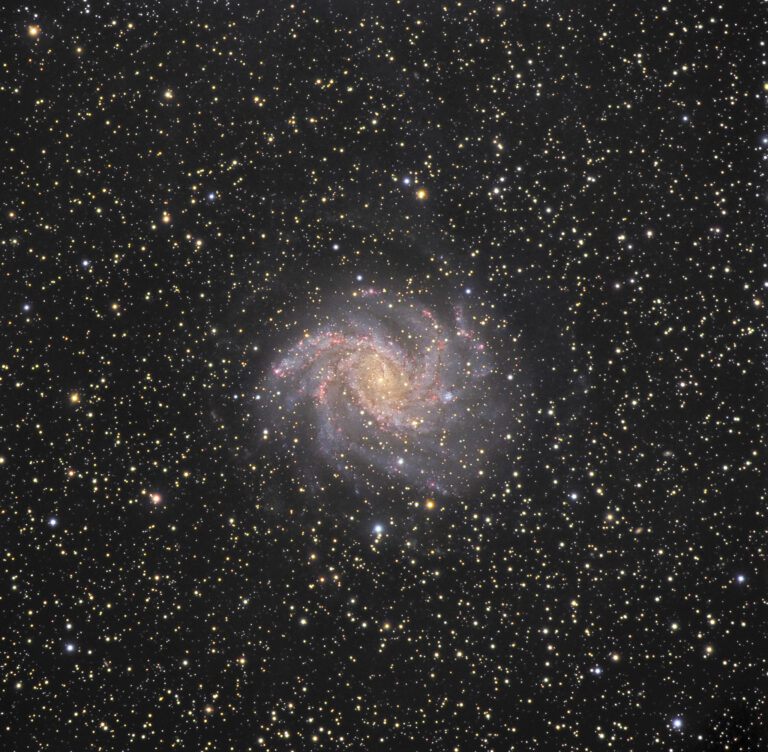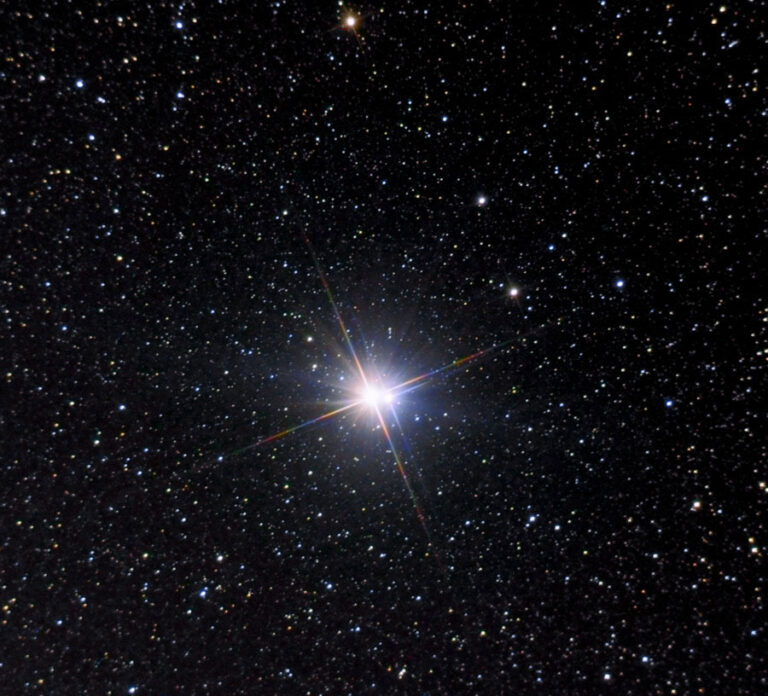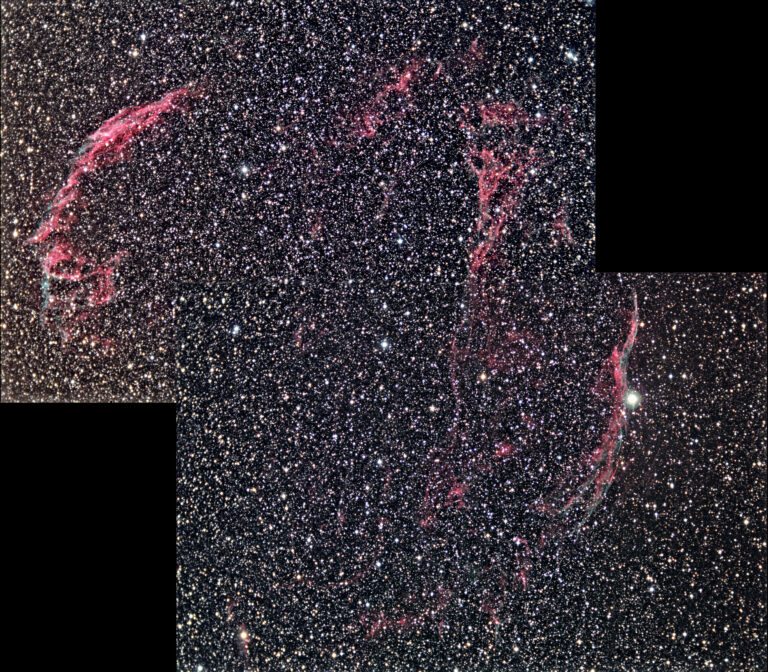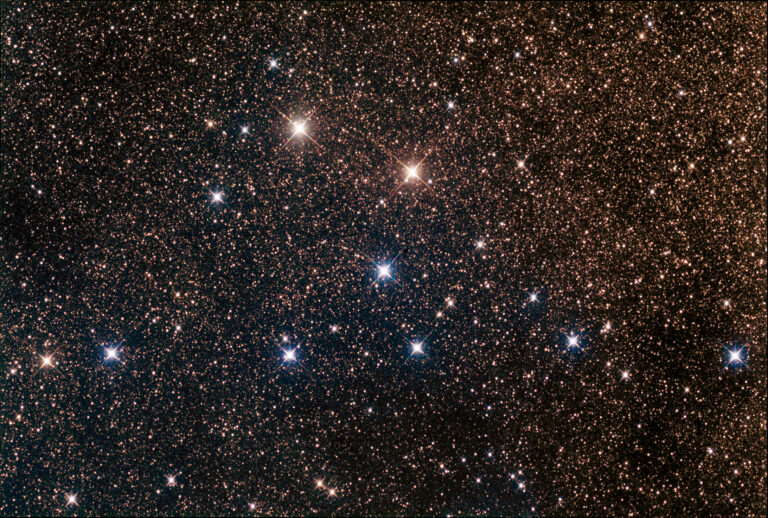Key Takeaways:
Targets for July 10–17, 2014
Naked eye and Binoculars: The Northern Jewel Box (NGC 6231)
Small telescope: Globular cluster M12
Large telescope: The Bug Nebula (NGC 6302)
This week’s naked-eye object is the Northern Jewel Box, also known as open cluster NGC 6231. At the southernmost reaches of Scorpius, a stellar comet shines brightly. The head of this asterism, known as the False Comet, is the spectacular open cluster NGC 6231, which spans 14′. Because it shines at magnitude 2.6, you’ll have no trouble finding it.
Australian chemist Ernst Johannes Hartung wrote about NGC 6231, “This cluster produces the impression of a handful of glittering diamonds displayed on black velvet.” Hartung was the author of the popular book Astronomical Objects for Southern Telescopes, which first appeared in 1968.
Giovanni Battista Hodierna discovered NGC 6231 and included it on his list of 40 nebulous objects, printed in 1654. This object shines so brightly, however, that skywatchers earlier than Hodierna certainly noticed it.
The region from Zeta (ζ) to Mu (μ) Scorpii contains a group of hot, young stars called the Scorpius OB1 association, to which NGC 6231 belongs. Twenty member stars shine brighter than 9th magnitude, but their real brightnesses are astounding — the brightest stars of NGC 6231 outshine the Sun by 60,000 times.
Through a 4-inch telescope, you’ll see more than 100 stars. Particularly striking is the knot of half a dozen bright stars at the cluster’s center. The cluster is so bright that it stands out even from the surrounding Milky Way star field. It has sharply defined eastern and southwestern edges.
Hidden beauty
This week’s small-telescope target is globular cluster M12 in Ophiuchus. This gorgeous treat lies 7.7° east-northeast of magnitude 3.2 Yed Posterior (Epsilon [ε] Ophiuchi).
If magnitude 6.1 M12 sat in Virgo instead of Ophiuchus, sharp-eyed observers could spot it without optical aid. Its position within such the latter constellation’s rich star field, however, makes it extremely difficult.
This cluster spans an impressive 14.5′. Through a 4-inch telescope, you’ll see a bright, compact core surrounded by a faint halo. Four 10th-magnitude stars sit in front of it. Through an 11-inch scope, M12 resolves into hundreds of stars. At high magnifications, the stars appear evenly distributed, the center shows little concentration, and the cluster’s edge appears irregular.
A summer bug
This week’s large-telescope target is a planetary nebula called the Bug Nebula (NGC 6302) in Scorpius. Look for it 3.9° west of magnitude 1.6 Shaula (Lambda [λ] Scorpii).
The Bug Nebula, named for its insect-like shape, is one of the brightest and most massive planetary nebulae known. It shines at magnitude 9.6 and measures 50″ across.
Through an 11-inch telescope at low power, NGC 6302 appears like a bright galaxy 4 times as long as it is wide, oriented east to west. At magnifications above 150x, you’ll easily identify the bipolar nature of this object.
Look for a prominent lobe with a tapered end on the western side. Then, try to spot the faint “arm” emerging from the eastern side. Don’t bother looking for this object’s central star. Intervening dust dims it by as much as five magnitudes.
Expand your observing at Astronomy.com
StarDome
Check out Astronomy.com’s interactive StarDome to see an accurate map of your sky. This tool will help you locate this week’s targets.
The Sky this Week
Get a daily digest of celestial events coming soon to a sky near you.
Observing Talk
After you listen to the podcast and try to find the objects, be sure to share your observing experience with us by leaving a comment at the blog or in the Reader Forums.

